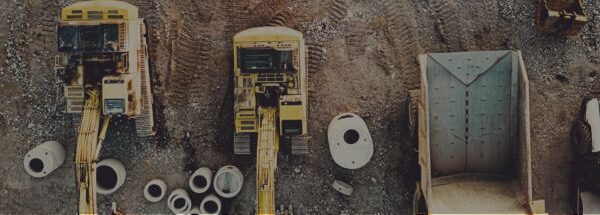
In the ever-evolving construction industry, efficient equipment management can make or break a project’s success. As technology advances, construction companies have access to sophisticated tools like construction equipment management software. However, a crucial crossroads arises when choosing between Software as a Service (SaaS) and traditional licensing models. In this comprehensive guide, we will delve into the considerations that should guide your decision-making process, helping you determine whether SaaS or licensing is the best fit for your construction
company’s needs.
Understanding SaaS and Licensing Models
Let’s refresh our understanding of SaaS and licensing models:
- SaaS (Software as a Service): SaaS offers a cloud-based solution where software is hosted by a provider and accessed via the internet. Customers pay a subscription fee for access, updates, and support. It’s renowned for its flexibility and low upfront costs.
- Licensing Model: Licensing involves purchasing software with an upfront payment. While it might require a higher initial investment, it can grant perpetual access to the software, with updates and maintenance often offered separately.
Factors Guiding the Decision
SaaS |
Licencing |
|
| Financial Considerations | If your construction company is seeking to minimize initial expenditures, SaaS is an appealing option. The subscription model spreads costs over time, easing the burden on your budget. | Businesses planning for long-term usage might find licensing more cost-effective over time, as the total cost of ownership could be lower compared to ongoing subscription fees. |
| Scalability | If your construction company’s growth trajectory is uncertain or rapidly evolving, SaaS offers scalability without the need for large upfront investments. You can adapt your subscription to meet changing demands. | Companies with steady growth projections might prefer the predictability of licensing, allowing them to secure software access based on their long-term needs. |
| Maintenance and Updates | SaaS providers handle maintenance, updates, and troubleshooting, alleviating the burden on your IT team. This is ideal for companies without dedicated IT resources. | If you value control over when updates are implemented and require thorough testing, a licensing model allows you to manage updates at your pace. |
| Accessibility and Mobility | For construction businesses with remote job sites or a mobile workforce, SaaS offers the advantage of accessing the software from anywhere with an internet connection. | If your projects often take place in areas with limited connectivity, a licensing model ensures uninterrupted access to the software. |
| Customization | While SaaS solutions provide standardized features, they might limit customization options to maintain consistency across users. | If your construction workflows are highly specialized and require tailored software configurations, licensing models allow greater customization. |
SaaS Use Cases:
- Small and Medium-sized Businesses: SaaS is an excellent match for smaller construction companies with constrained budgets. It offers access to advanced equipment management tools without requiring a substantial initial investment.
- Temporary Projects: When undertaking short-term projects, SaaS allows you to use the software only when necessary, preventing unnecessary long-term licensing costs.
- Rapidly Growing Companies: Companies experiencing swift expansion can leverage SaaS scalability to accommodate their growing equipment fleet and project portfolio.
- Mobile Workforce: SaaS supports construction teams working on-site or remotely by granting access to equipment management data and updates from any location.
Licensing Use Cases:
- Large Enterprises: Enterprises with established IT departments and sizable equipment fleets can benefit from the customization and control offered by licensing models.
- Long-term Projects: Construction projects spanning an extended duration can capitalize on licensing models to achieve cost savings over the software’s lifespan.
- Specialized Workflows: If your construction processes demand tailored software configurations, a licensing model enables customization to meet unique requirements.
- Data Security Concerns: Companies handling sensitive data might prefer the enhanced security control that comes with keeping data on-site through a licensing model.

Choosing the Right Software Solution for Your Business
The choice between SaaS and licensing for construction equipment management software is pivotal for your construction company’s success. By considering factors such as financial constraints, growth projections, maintenance preferences, accessibility needs, and customization requirements, you can make an informed decision. SaaS offers flexibility, convenience, and lower upfront costs, while licensing provides control, potential long-term savings, and customization options. Ultimately, understanding your construction company’s unique circumstances will guide you to the solution that optimizes equipment management, enhances productivity, and aligns with your business goals.
If you are interested in seeing how RentalResult can power your business, Schedule a Call – Wynne Systems | Transform Your Business Today


